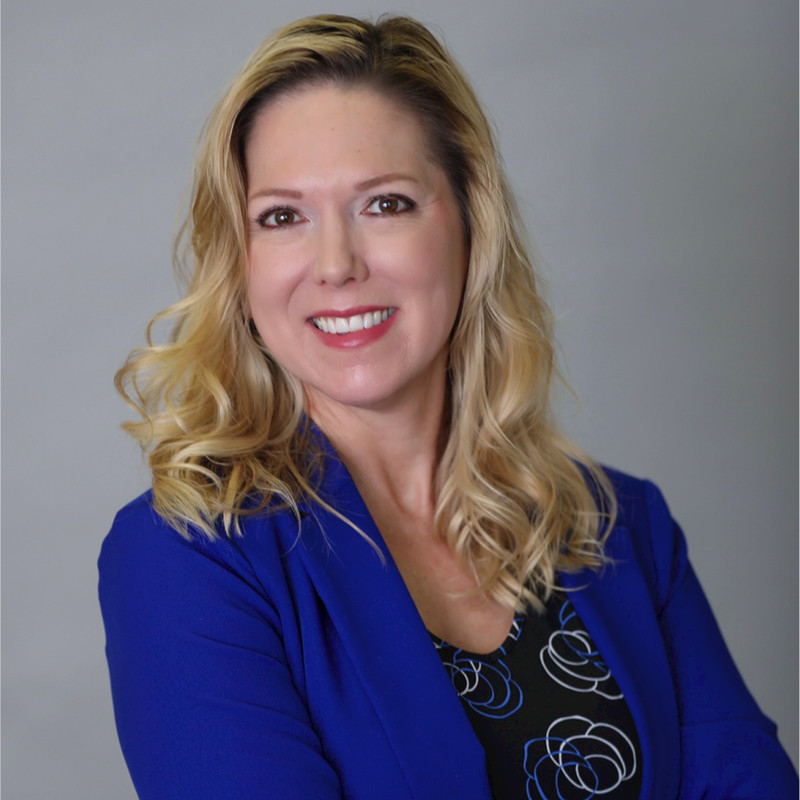Treatment for substance use disorders changes and improves with each passing day. One of the most important developments in the past several decades is the recognition by the medical community that substance use disorders are chronic, relapsing diseases with characteristics similar to other chronic, relapsing diseases such a hypertension, type 2 diabetes, and cancer.
This new paradigm represents a radical shift away from when individuals considered addiction a moral failing defined by poor self-control and lack of willpower. Until recently, most people, experts and non-experts alike, believed substance use disorders could not be treated like other physical or emotional pathologies.
This attitude stigmatized addiction and addiction treatment. It kept people in need of treatment from getting it. They feared judgment and discrimination by family, friends, co-workers, and employers. Now, however, with the significant transformation in our approach to and understanding of substance use disorders and their treatment, more and more people are seeking the help they need.
The stigma around addiction is fading. People understand that the most effective treatment for substance use disorders involves an integrated approach that includes a combination of lifestyle changes, behavioral interventions, medication (when necessary), and the support of family and community – remarkably similar to the effective treatment of chronic relapsing medical conditions. Thankfully, many who struggled in silence for years are now coming out of the shadows, raising their hands, and saying,
“I need help.”
There’s another parallel to recognize between the treatment of chronic medical conditions and the treatment of substance use disorders: the increased use of complementary modalities to support traditional approaches to treatment.
A growing body of evidence shows complementary modalities such as mindfulness, meditation, and yoga are effective in reducing stress, improving physical health, managing anxiety, and increasing overall levels of self-esteem and emotional well-being – all of which improve outcomes for people with chronic conditions.
With a solid evidence base behind them, these complementary approaches are now commonly accepted elements of treatment plans for chronic physical conditions. They’re also becoming common elements of individualized, integrated treatment plans for people struggling with substance use disorders.
Treating Substance Use Disorders: All of the Above
As a society, we stand at the precipice of embracing the use of complementary modalities in the treatment of substance use disorders. We’re close, but we’re not quite there yet.
Several forces, however, are pushing us in that direction.
There’s our increasing acceptance of complementary medicine. There’s our general awareness of the need for more comprehensive, evidence-based, integrated treatment for substance use disorders, as a result of the extensive media attention on the opioid crisis. And there’s the widespread recognition that complementary modalities are effective lifestyle supports for chronic, relapsing conditions like hypertension, diabetes, cancer, and addiction.
Combined with new data on the benefits of mindfulness practices during recovery, these complementary modalities are becoming an integral part of addiction treatment as seen in evidence-based practices such as Acceptance and Commitment Therapy (ACT), Dialectical Behavior Therapy (DBT), Mindfulness-based Stress Reduction (MBSR), and Mindfulness-based Relapse Prevention (MBRP).
This direction can only be viewed as positive: the evidence is there to verify their effectiveness, and with over 22 million people in the U.S. struggling with an alcohol or substance use disorder and only a tenth of them receiving adequate treatment, it’s incumbent upon us to open our minds – and our therapeutic practices – to anything that helps our patients and families find a path toward sustainable health and well-being.

